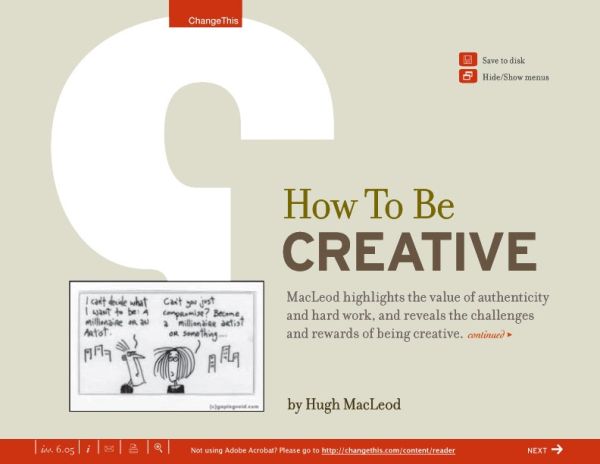Last Updated on November 9, 2021
Just because you're creative and innovative does not mean you can conquer the design industry.
Thought these are among the most important ingredients, there's a lot more to the recipe. Basic design knowledge still proves to be the basic foundation in one's journey towards success.
In the same way that you can't play professional basketball without knowing the rules, you can't start establishing your name in the field without having a good grasp of its most basic concepts.
Below, we'll be presenting 20 e-books that will take your design expertise to the next level. Sure, some of them are basic concepts. But guess what. You don't get to the big leagues without mastering the basics first.
Some of the ideas presented below are also unique in perspective, and can help you bust through those blank walls you often face as a designer.
Why You Need These Resources
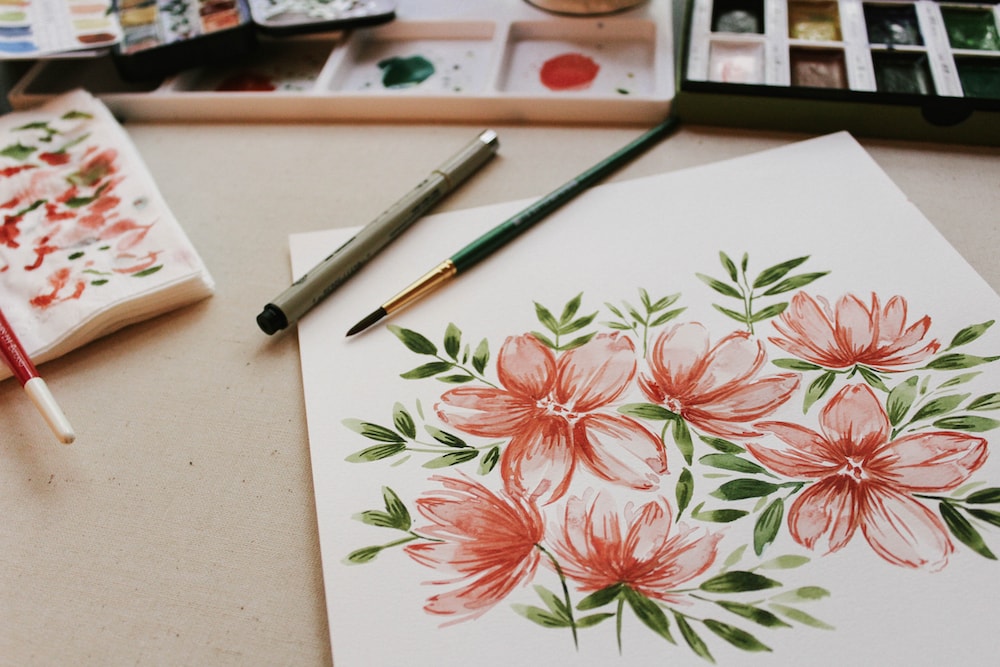
How could these e-books help you? Why do you need to download them?
They can give you a clean starting point.
Most of the time, the hardest part of making a design is getting started. Through these resources, you can create a more seamless process that could help you address any roadblocks you may be having every single time you work on a project.
There are also quite a few new concepts here, so these could also be something you can inject to your existing routine. You can't say that your process is already perfect. Remember that there will always be some room for improvement, especially in an ever evolving industry such as design.
This also proves to be helpful for designers who have been in the field for so long, they feel the need to mix things up and introduce something new to the fold. After all, you can't stick to the same thing over and over again. Sometimes, change can be just the thing that could elevate your style, and these resources could serve as your starting point for these changes.
They can help you make your work more organized.
For a lot of designers, chaos is their comfort zone. But this chaos can also be causing a lot of your design problems. These resources can help you put a little order into your routine. Through the tips presented in any of these e-books below, you can slowly turn things around and work in a more organized manner.
It shows you what rules you can bend.
Yes, designers are allowed to break the rules every so often. This much is necessary if you want to take advantage of your inborn creativity and ingenuity. You can't say that you're innovative if you keep doing things the same way, right?
But how can you bend the rules if you have no idea what the rules are?
Consider these e-books as your starting point in this regard. You'll learn some of the most basic rules in design in some of these e-books. Master those rules, then start thinking of creative ways on how you can tweak them, and eventually, break them. From here, you can probably start influencing the way design will work a few years from now.
It opens opportunities for further learning.

Every great designer never stopped learning. It wasn't about doing one thing, then doing that forever. As new trends emerge, great designers adjusted to their environment as well. In fact, they are often the ones who trigger the change, if only to keep their creativity and innovation alive.
When you download these e-books, you open up your own mind to a new world of learning. Don't look at the description and dismiss them as something you probably know already. Every designer has his or her own way of doing things, so the designers who created these resources know that there are things they do differently that could probably benefit your greatly.
It makes you more credible.
When discussing things with other designers, and possibly, with clients who know a bit about design, how can you make yourself come across as a credible designer who can deliver what is asked from him?
These resources are made by some of the most innovative and influential designers from around the world. This means that these are the perfect sources of quotes and anecdotes you can use in daily conversation with both peers and potential clients. The knowledge you gain from these sources would also take your work to the next level, and if there's anything that could effectively show you as a credible designer, that would be it.
Take a peek at the e-books below and start taking advantage of every single benefit you can get from them.
Free PDFs and E-books on Graphic Design
Now, some of you might be a little worried about the costs. After all, not a lot of good things come for free. There is often a belief that you get what you pay for. It's a good thing the design industry has a lot of generous hearts that are willing to share their design knowledge with little to no cost.
Below are awesome PDF files and e-books that you can use to widen your design knowledge, or at least, brush up on the basics.
Practical Responsive Typography
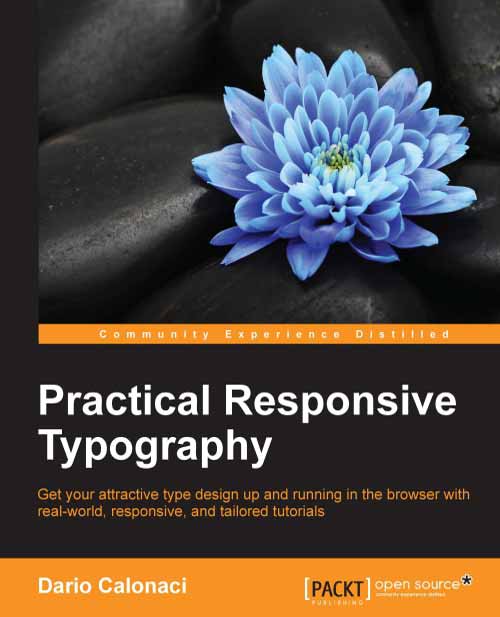
Typography still proves to be one of the most crucial elements in design, especially if you want to make your message crystal clear. This e-book teaches you a lot of the basics, and a few of the advanced stuff as well. From optimizing screen spaces to choosing the right fonts for your design, it's a treasure trove of knowledge that you can get for free.
The Practical Interaction Design Bundle
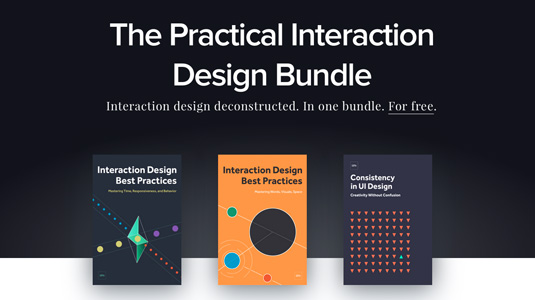
Here's the awesome thing about this download – you get not one, not two, but three e-books in the bundle! You get Volumes 1 and 2 of Interaction Design Best Practices, which discusses establishing emotional connections through your work, proper use of empty space, figuring out habitual human behavior when creating your design, and a lot more. The third e-book is called Consistency in UI Design, something that can help you take your work a few notches higher.
Brand House Book
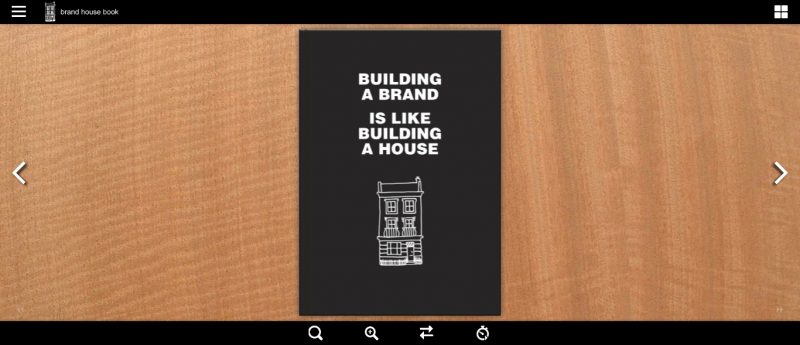
Branding is something you're going to have to understand as a designer, because all your clients are going to place this as top priority. Branding is something that dictates how your design should be formed. It's what tells you what kind of personality or character your design should have. And without a clear understanding of its concepts, you may end up creating design that are inconsistent with the brand. Thankfully, this e-book addresses a lot of your questions.
An Introduction to Adobe Photoshop
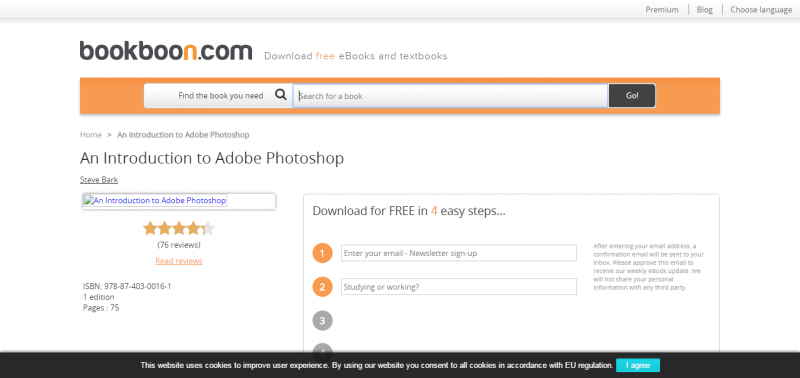
Any designer knows that Photoshop is a staple is anyone's toolbox. You can't just know how to do a couple of things using this tool. You have to at least know the basics, and this e-book is the perfect way to go through most of these basics in one go.
The Freelancer's Bible
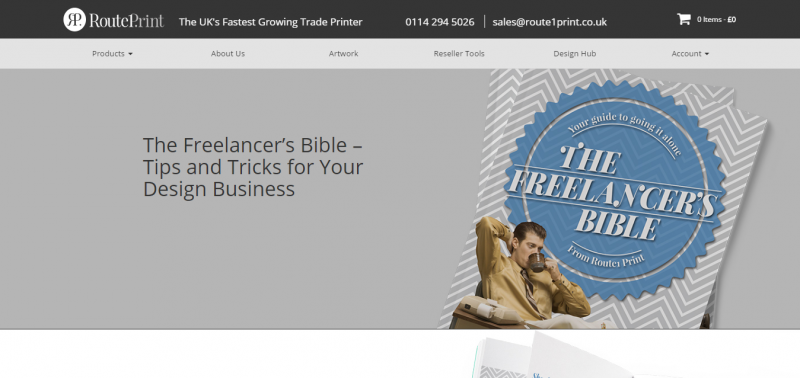
The title alone should tell you how useful this could be for you and your freelance practice. This is also applicable for designers who are currently working for an agency or the traditional employer, but are itching to break free. It tells you how to market your business, how to license your work, how to effectively communicate with clients, and other things that could help establish you as a real professional.
The Building Blocks of Visual Hierarchy
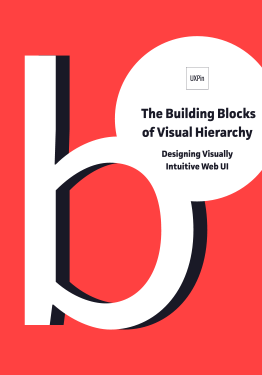
Visual hierarchy is important if you want your entire design to be as organized as possible. This also affects the way your audience sees your design. Without the right hierarchy, not only will the pages you create seem easy to navigate, it will also be hard for people to figure out what kind of message you're sending across. This e-book tells you how to create this hierarchy properly.
The Shape of Design
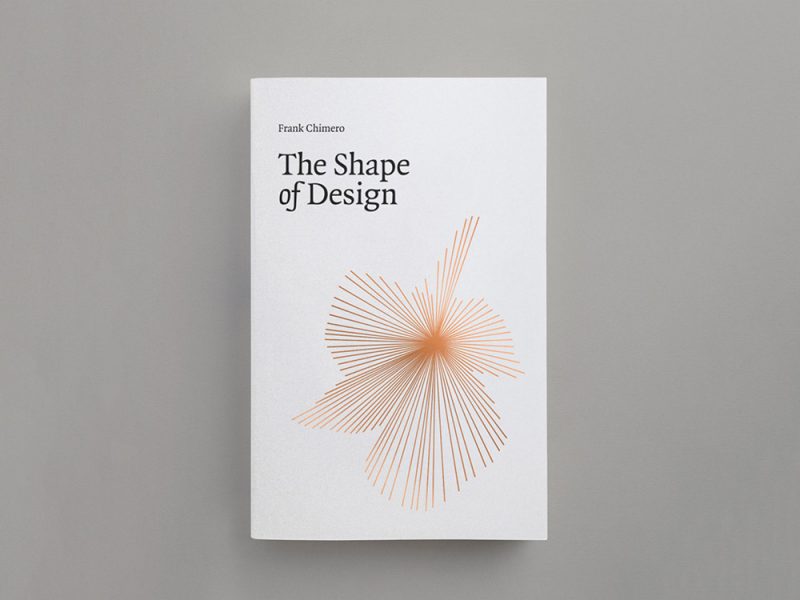
Most of the e-books on this list tell you what to do and how to do it. But this e-book takes a different route. Instead of dealing with the how's and the what's, The Shape of Design tells you WHY you're creating your design. This makes it even more important than any other tutorial, as it allows you to understand the spirit of every design aspect and element. And if you don't understand why you're doing what you're doing, then I doubt you'll be able to fully grasp what it is you should do to become a great designer.
The Future of Product Design
The Future of Product Design is a report that looks deep into why products are designed the way they are, and how this impacts the way things are going to be designed from hereon out. You see, every product ever made starts with a purpose or ideal. But it's the way the product is designed that would turn these ideals into life. Even if you're not into product design, this could be a real eye-opener for you.
Flat Design & Colors
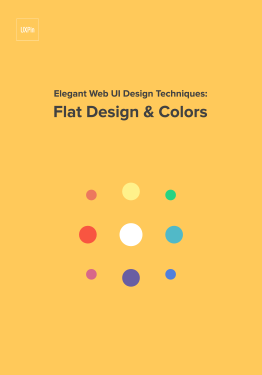
Minimalism has been on the rise in the past few years, mostly because people just want to focus on what's important and get rid of all the other useless baggage. Flat design is something that has become more popular with this newfound love for simplicity. This e-book discusses the best ways to use flat design and colors to make your work simple yet exceptionally appealing.
Design's Iron Fist
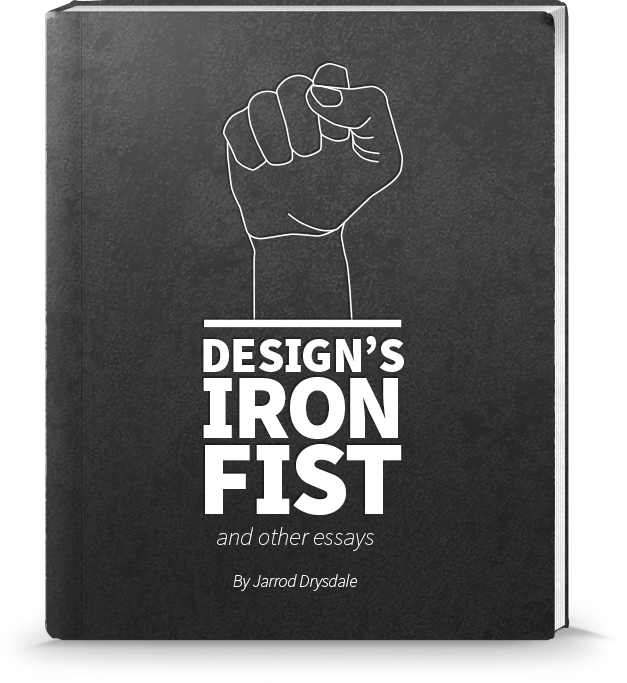
Design's Iron Fist is a great collection of one design wisdom after another. From teaching you ow to think like a designer to helping you deal with fear and doubt, from pushing you to get out of your creative rut to giving you tips on how to market your business online, it has compiled a lot of the basic knowledge that would help any designer get up on their feet and start establishing a name for themselves.
Everything There is to Know About Logo Design

Logos are among the many requests you'll get the moment you start working as a designer. Note that logo making is not just about choosing a random image that looks nice, and pairing it up with the business name. There's so much more involved in logo design, that this "small thing" you see can actually tell the story of an entire brand – as long as you choose the right elements to use. This e-book lets you do that.
Pixel Perfect Precision (PPP) Handbook

The PPP Handbook has proven to be such a treasure trove of design knowledge that this download is now on its 3 rd version! The 1 st version was just a simple handbook that gave details about pixels and the use of Photoshop. These basics, however, proved to be very useful to every designer that has come across it and downloaded it. Since then, it has evolved into the design bible that it is now.
The Vignelli Canon
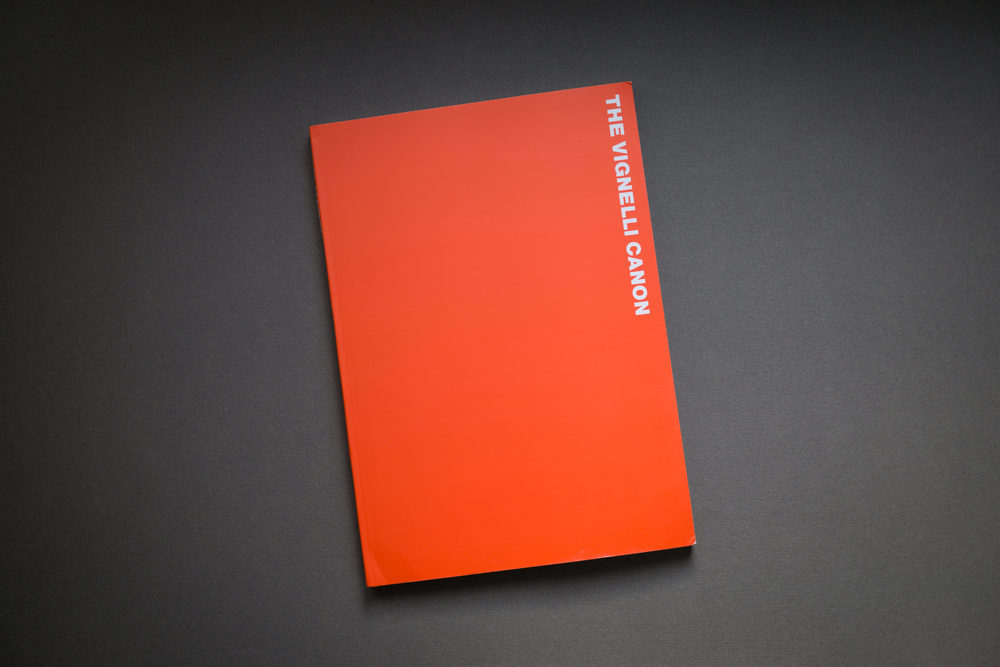
Master designer Massimo Vignelli may have been one of the greatest in the field, but that doesn't mean he kept all his secrets to himself. The Vignelli Canon gives you a wide spectrum of knowledge that will help you not only in terms of graphic design, but in product design, corporate design, and other aspects of the field as well.
Creative Suite Printing Guide
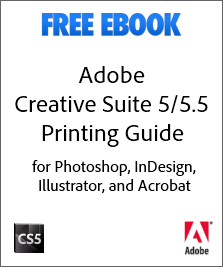
In anything you design, there's one thing that you have to consider. How would this look like in print? Your designs may look great on your screen, but things may end up looking different the moment it goes through the printing process. This e-book gives you all the info you need on how to make all your designs print-worthy, especially if you made them using Adobe Illustrator, Photoshop, Acrobat or InDesign.
The Creative Aid Handbook
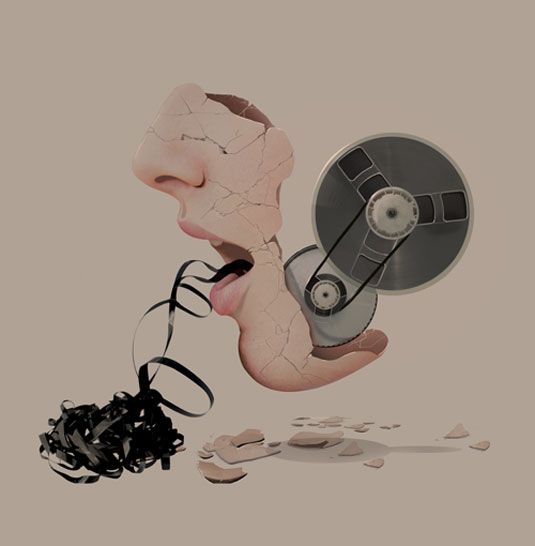
Richard Tapp and Nicole Smith know exactly how it feels to be caught in a creative rut, so they've put together this handbook that tells you how to boost your creative intellect and nurture your creative well-being. After all, proper knowledge of how all the tools work and how the elements go together will get you nowhere if your creative health is not as good as it should be. That's exactly why you need some creative aid every so often, something that should put this e-book to good use.
How to be Creative
"But I'm already creative!" This is probably what a lot of you would say, after which, you would probably just go on and continue doing whatever you've been doing. But the real question here is this – are you using your creativity the right way? Are you even sure that you're maximizing its full potential? That's what this e-book talks about. As an advertising exec, Hugh MacLeod has seen a lot of creative people bring to the table whatever they can give at the moment, but he sees that they could have given so much more. Through these tried-and-tested tips, he shows you how great you can truly be using your creative mind. The fact that each tip comes with MacLeod's cartoons should make this both entertaining and educational.
Graphic Design for Non-Profit Organizations
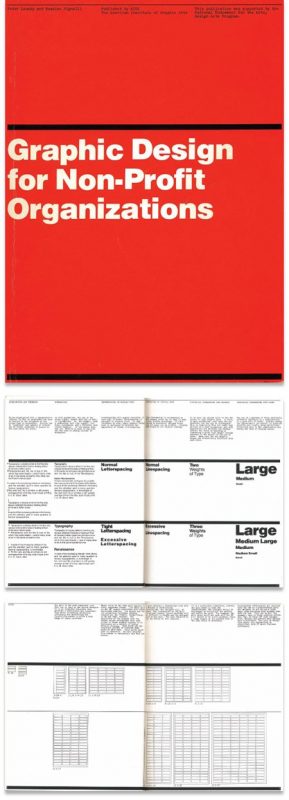
Don't be fooled by the title. This e-book may be focusing on design perfect for non-profit organizations, but the learnings you get from this e-book can be applied to pretty much any kind of design. The great thing about this e-book is that the approach is straightforward, so even if you're just a beginner in the design field, it's going to be easy for you to grasp the concepts presented.
Breaking the Time Barrier
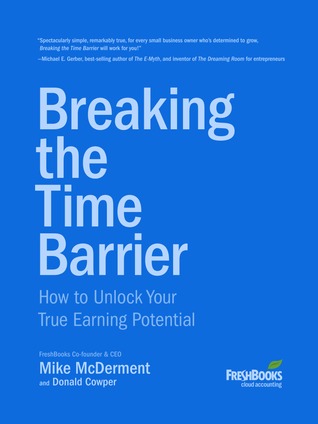
Do you ever wonder whether you're earning as much as you're worth? Well, this e-book bares it all. Learn how to charge what your work is really worth, instead of just clinging to what the client says, or what your peers say.
Time Management for Creative People

No matter how often you insist that cramming and procrastinating keeps your creative juices flowing, a lot of pro designers can attest to the fact that this is nothing but an excuse to avoid admitting that you have a time management problem. This e-book talks to you about this common problem. Remember that the better time management skills you have, the more projects you can take on and the more you'll also earn. So before you talk to me about the benefits of cramming, try these concepts out first.
The Design Funnel

It's happened to every designer out there. Your client gives you something really vague, then they expect you to translate it into a great design that would make jaws drop. Well, this manifesto finally addresses the issue and teaches you how to turn those vague instructions into an approach that has more meaning. In turn, this approach would allow you to create designs that correspond to what your clients want, and what you feel shows who you are as an artist.
Now who says you can't get anything of value for free? Start downloading these resources now and enjoy learning more about how you can hone your craft and become the best designer you could be.
Source: https://inspirationfeed.com/free-graphic-design-books/
Posted by: joniejoniepetekowe0266555.blogspot.com
